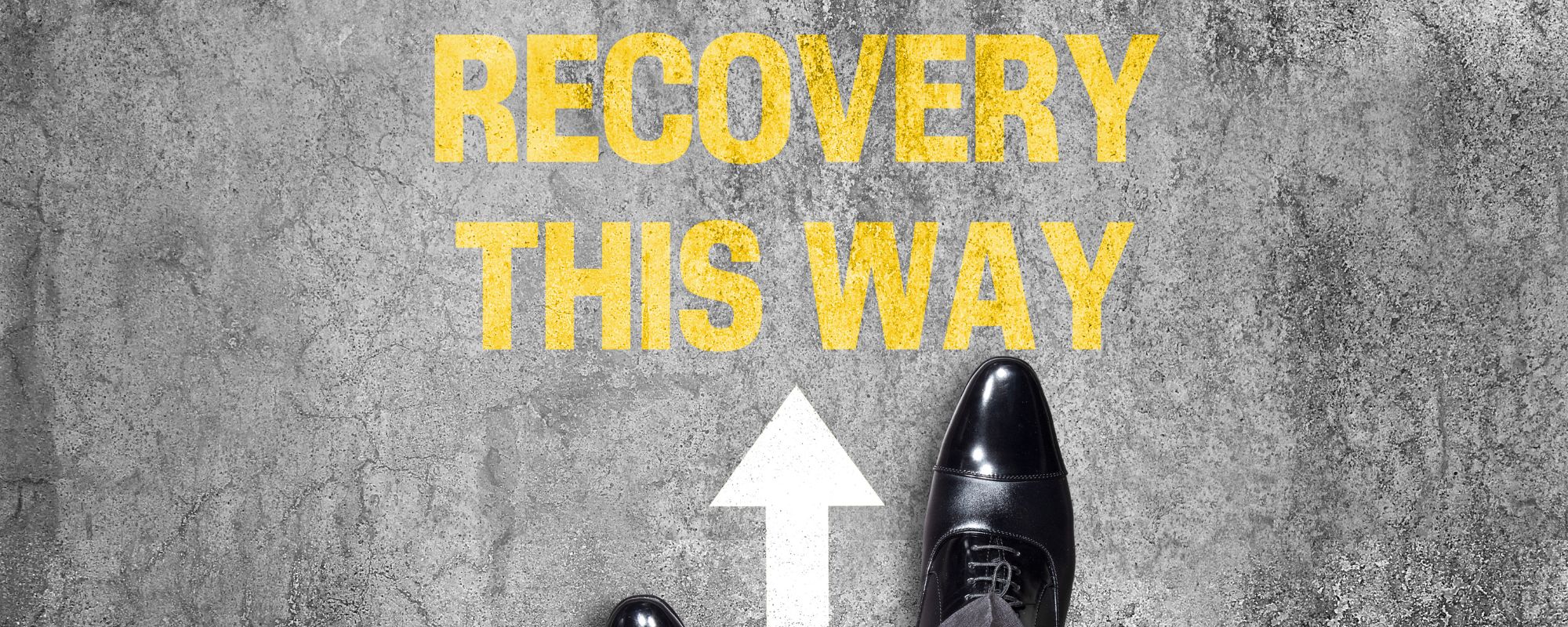Financial Planning Recap
Last month, we made our first introduction to financial planning. In that article, we introduced you to, or re-sparked your knowledge of building a budget. While this is the best first step when it comes to making smart choices to save money, it is just that – the first step. For those of us in recovery, we are already familiar with the concept of building upon a process using steps and financial wellness is no different! As you work toward mental, physical and spiritual recovery and health, your monetary health should be just as important.
In this section, we will review steps two, which will talk about making cuts to your current spending to save money. The goal of this exercise is to shift around where you are spending your money so that it is used more wisely. In doing so, you will pay down bills faster and free up more money for savings or long term goals. Financial planning is all about accomplishing goals. With a solid financial plan that has been worked through and debts paid down, that house or new car you’ve always wanted is much harder to reach!
Reviewing Your Budget
Hopefully after reading our last post about making a budget, you were able to take a look at your income and expenses and make yourself a budget sheet that works for you! If you recall, your spending is broken down into two types of expenses: fixed, and variable. Unfortunately, there isn’t a whole lot that you can do when it comes to fixed expenses. Your rent or mortgage payments probably won’t change all that much and we can’t just cut them out!
For the purposes of this exercise of saving money and making cuts, we want to look at our variable expenses. This includes things like food, personal care products, recreational expenses, entertainment, etc. Things that you can control! As we review our budget, we are looking to see where we can free up money from these variable expenses and allocate it toward debts or savings.
An important note: The goal of budgeting is not to feel restricted, or to feel like you have to have less fun. The goal is to make your money work for you and spend it wisely so that you save money and have MORE for you in the long run.
Making Cuts to Save Money
Now it’s time to figure out how we can make cuts. When we say ‘make cuts’, what this means is that you plan to spend less money in one area so that you can use that money elsewhere. Not everything can be cut, and everyone’s financial situation is different. However, the examples and suggestions provided are considered to be easier and more common cuts. These examples are also not representative of the opinions of Royal Life Centers, just hopefully helpful information.
Why Make Cuts?
No one’s budget is perfect and there is always room for improvement. Even the very wealthy could do better! When it comes to financial wellness, what are your money goals? Do you want to own your own home or take more extravagant vacations? Maybe you simply want to reduce your overall debt and feel less stressed out. None of these goals are easily obtainable without a plan and unless you are independently rich, you will need to reduce some of your spending in some places to free up money for other places!
By reducing your spending in some areas, you can reallocate that money to more efficient places. Next, we are going to talk about what things are the easiest to cut out or reduce in no particular order. While this may feel restraining at first, over time it will become a natural habit and you will find that your money is working for you, rather than you working for your money.
What Should I reduce to Save the Most Money?
So let’s jump right in! These are some suggestions of the easier things to reduce, as well as tips and alternatives. They are in no real order of importance. Do what makes the most sense to you. Remember that it is not completely possible to work in absolutes. Just like with other things in life, if you try to force something you are not completely comfortable with, you will feel forced and then relapse – in this case, into bad spending habits!
So, what should you cut?
Eating Out:
Did you know this would be number one on my list? It may have been obvious to some! But let’s talk about this a little more. Fact is, eating out is expensive regardless of what you’re getting. You probably don’t even realize how much you’re really spending on eating out because for those of you who do it regularly, it has become second nature. Here are some facts and numbers that you may never have thought about.
- Morning Coffee: An average medium cup of coffee at Starbucks is about $4.00. May not seem like a lot, until you realize that getting a cup of coffee every single day can add up to around $1400 a YEAR – and that is without bells and whistles, pastries or anything else. Would $1400 more at the end of the year have made a big difference? Can you stomach the boring office coffee every day to save that kind of money? I’d say, at least, consider it.
- Delivery Food: Today, delivery services such as DoorDash or UberEats are more popular than ever. Especially for those of us who work in an office style environment with a busy schedule, or those of us who work from home, having food delivered is so easy and convenient! But did you ever think about how much you’re paying for delivery fees? On average, these services are charging $4.00-$10.00 per order depending on the order and restaurant for your meal! This does not include tipping! If you are giving the driver a few dollars for tip, you are looking at around $6.00+ per meal in just fees. Now if we look back up at our last example, this is ANOTHER $1500 or so per year! Is your lunch box starting to look a little more appealing yet?
- Dining Out: Going out to dinner with your partner, loved ones or friends is a fun social experience, which is priceless. However, if you go out every night or every weekend, it is important to be conscious of what you are spending to do so. When you are at a restaurant, do you simply order a meal and that is it? Do you order a soda with your meal? A beer? An appetizer? Nowadays, appetizers cost nearly as much as the meal itself! What about a dessert? Let’s not forget tips! A non-alcoholic drink with dinner is usually around $2.50-$3.00, an appetizer is usually between $7.00-$11.00, meals are usually $10-$20 depending on the location and then of course, you will probably tip 18-20%. If you are going out with your partner, it is VERY easy to spend $50 on a meal that will likely yield little-to-no leftovers.
- Make the Budget
- Review the Budget
- Identify Areas of Improvement
- Make Necessary Cuts
- Save Money!
Save Money on Fun Expenses:
Recreational expenses are usually things that include going to the movies, buying new clothes, hair and nail appointments, drinks or anything else that you don’t actually need. Spending fun money is important to your emotional health, so that you have a way to blow off steam and reduce stress, but they add up. I personally love to go to the movies, but at around $12.50 a ticket, it saves a ton of money to wait for the film to be on a streaming service. If you have small children, you also need to consider the cost of a babysitter every time you go out.
Without digging too deep, it is easy to see how fun expenses can add up quickly and over time, become a major expense! It is not healthy to cut out every fun activity forever, because that will in general reduce your happiness, just be smart about it and determine what is and isn’t worth it.
What comes next?
It’s time for another quick recap. In this section, we learned that after your budget is made, you should then take a look at your spending habits as written and figure out if you are saving money most effectively. From there, finding points of weakness and turning them into improvements will help you to put more money in the bank. Here is a quick breakdown of the steps:
In our next post, we will discuss how to turn that money into debt reduction, which will save you even more money while also improving your credit. If you have questions or comments about this, you can always reach out!
Reach Out
Financial wellness may be a new endeavor for you, especially if you or your loved one is in recovery or treatment. If you or someone you know is struggling, please reach out to us at (877)-RECOVERY or 877-732-6837. Our team of addiction specialists make themselves available to take your call 24 hours a day, 7 days a week. Because We Care.









